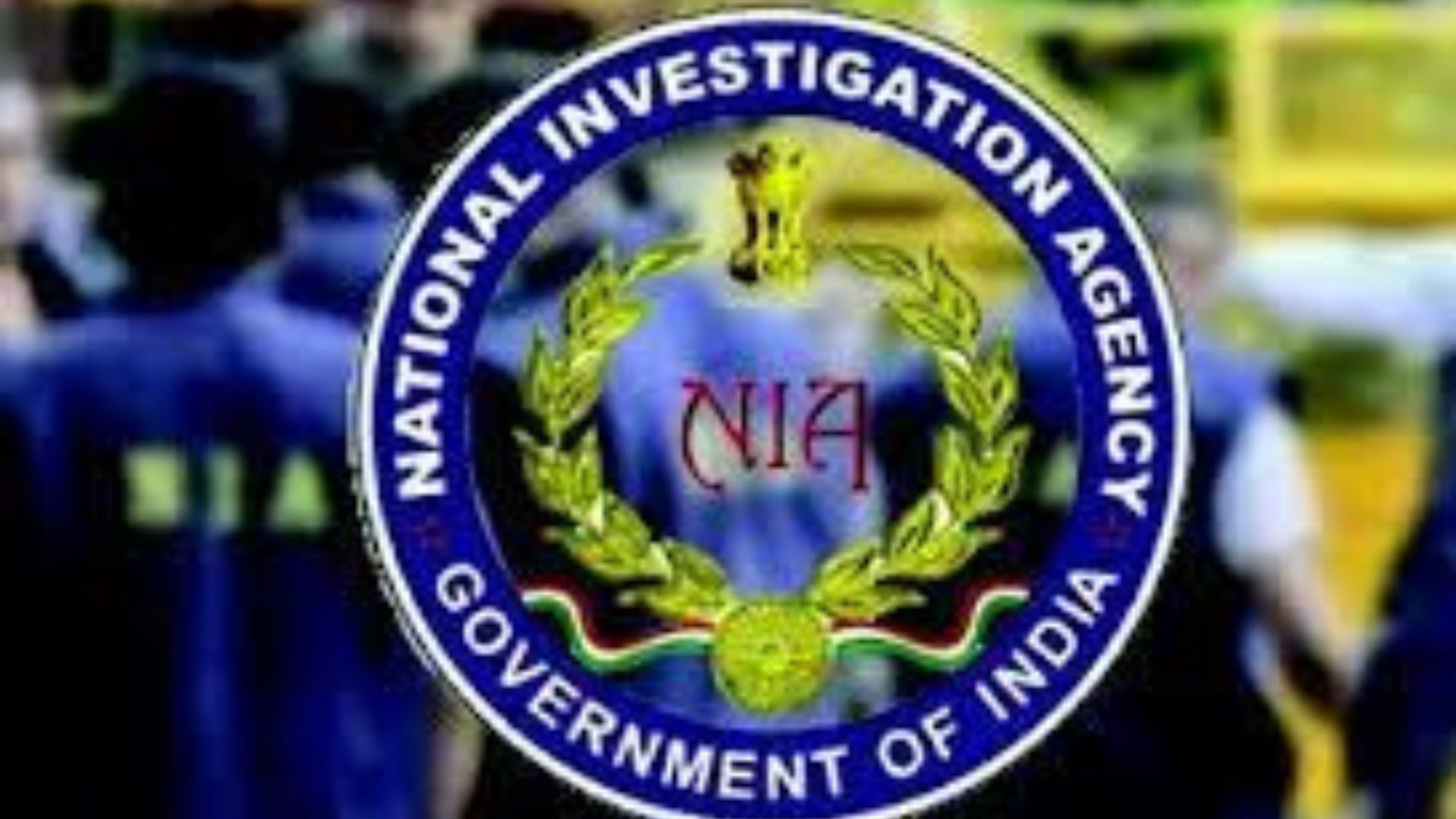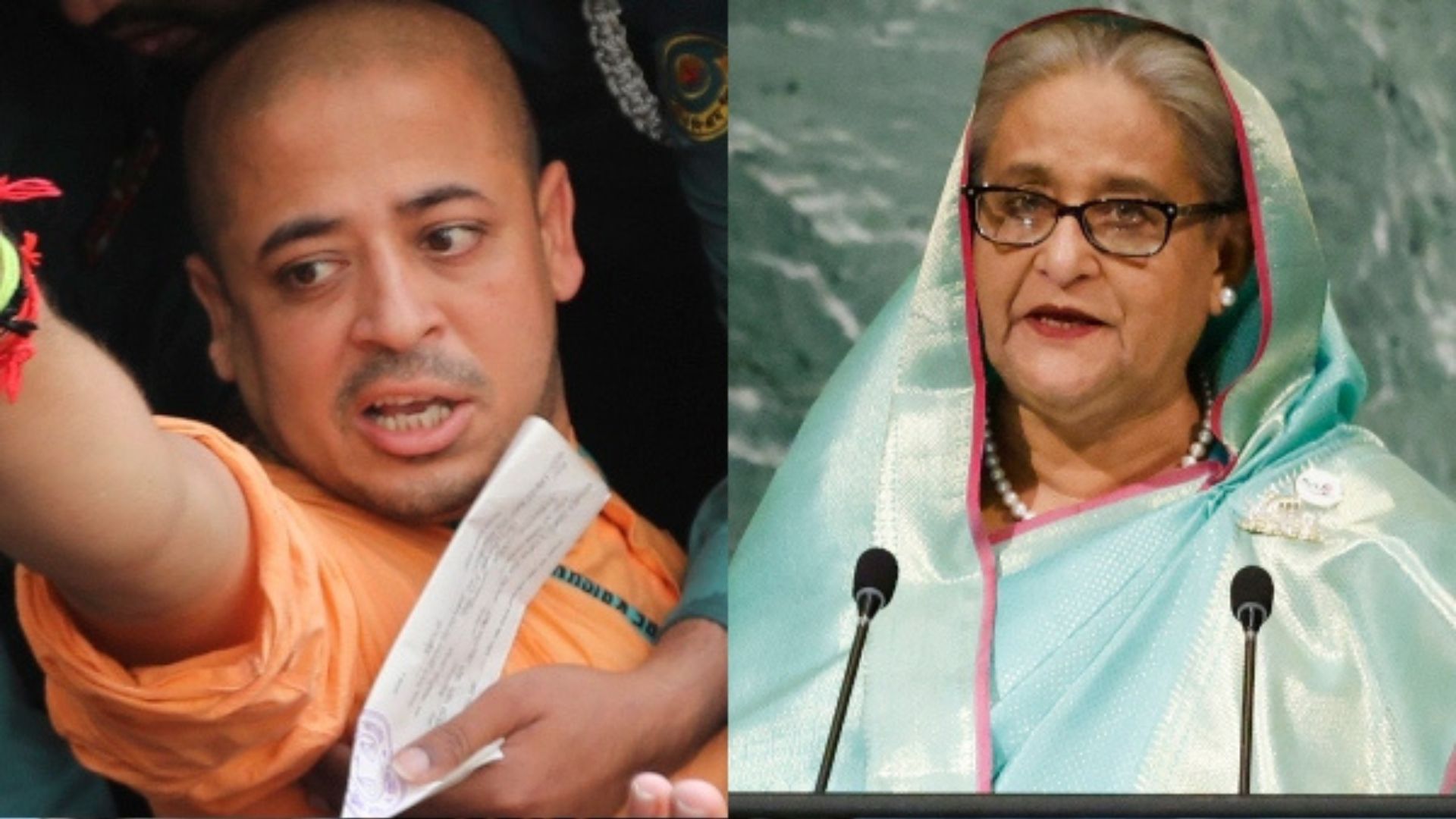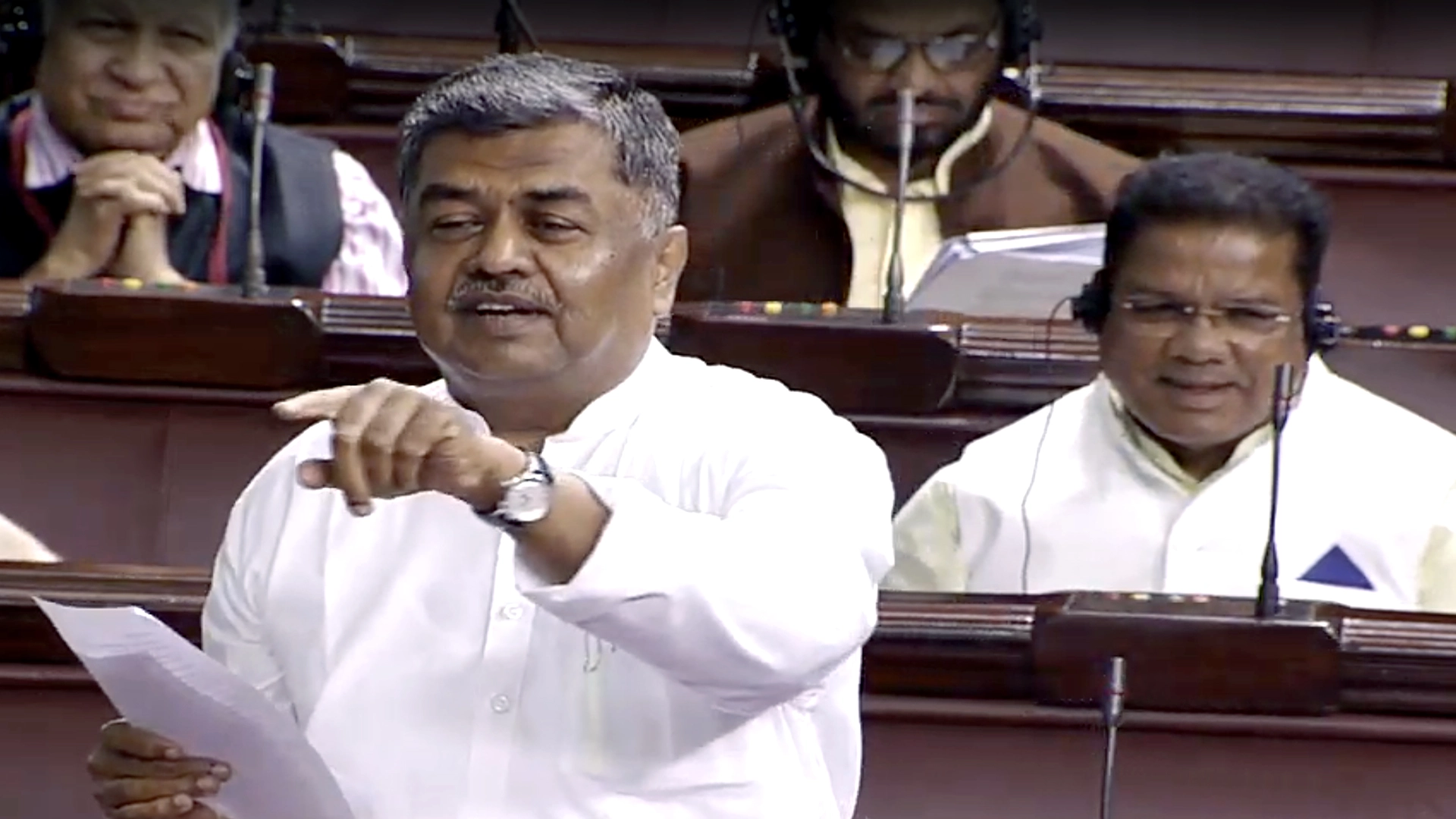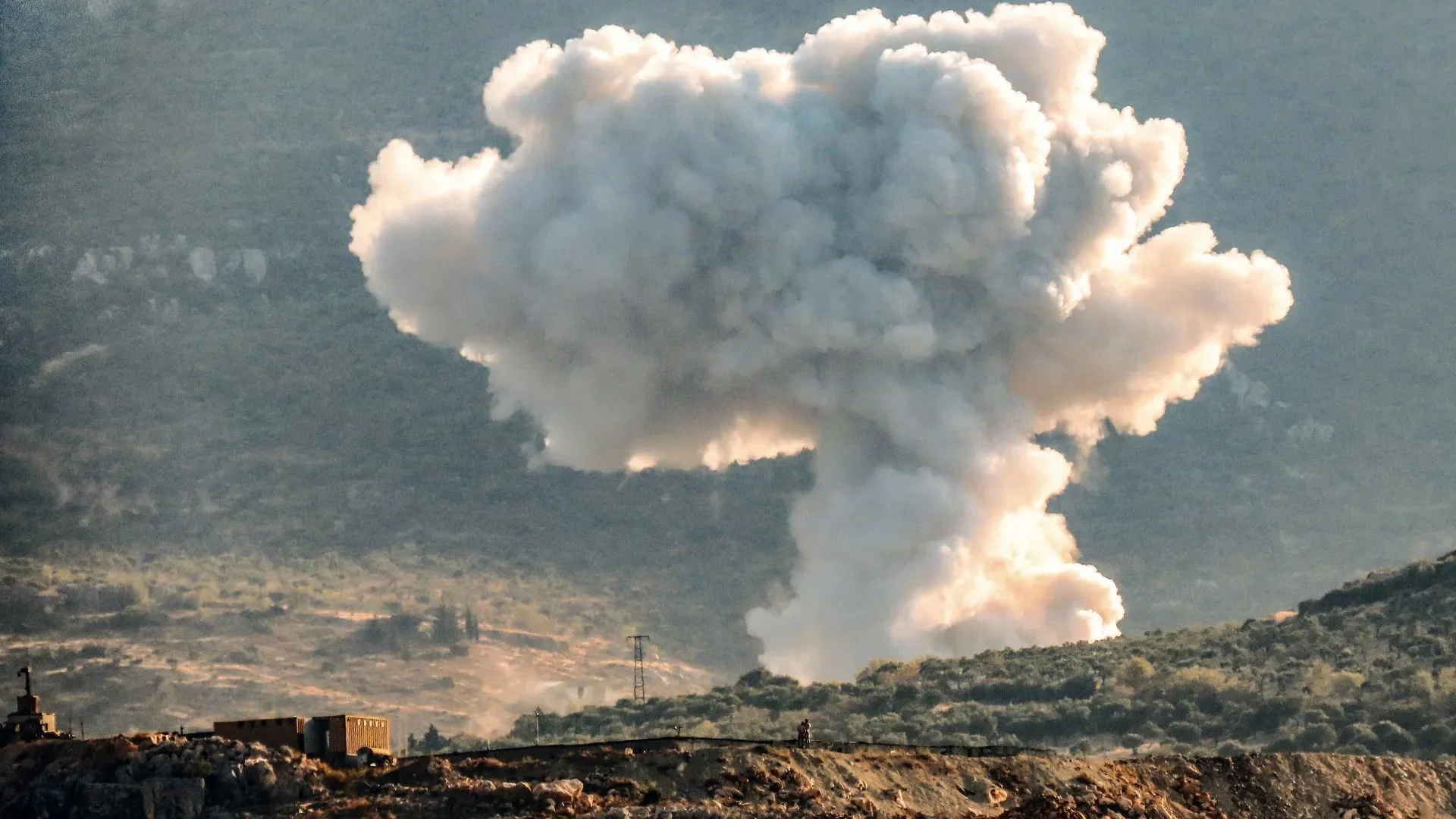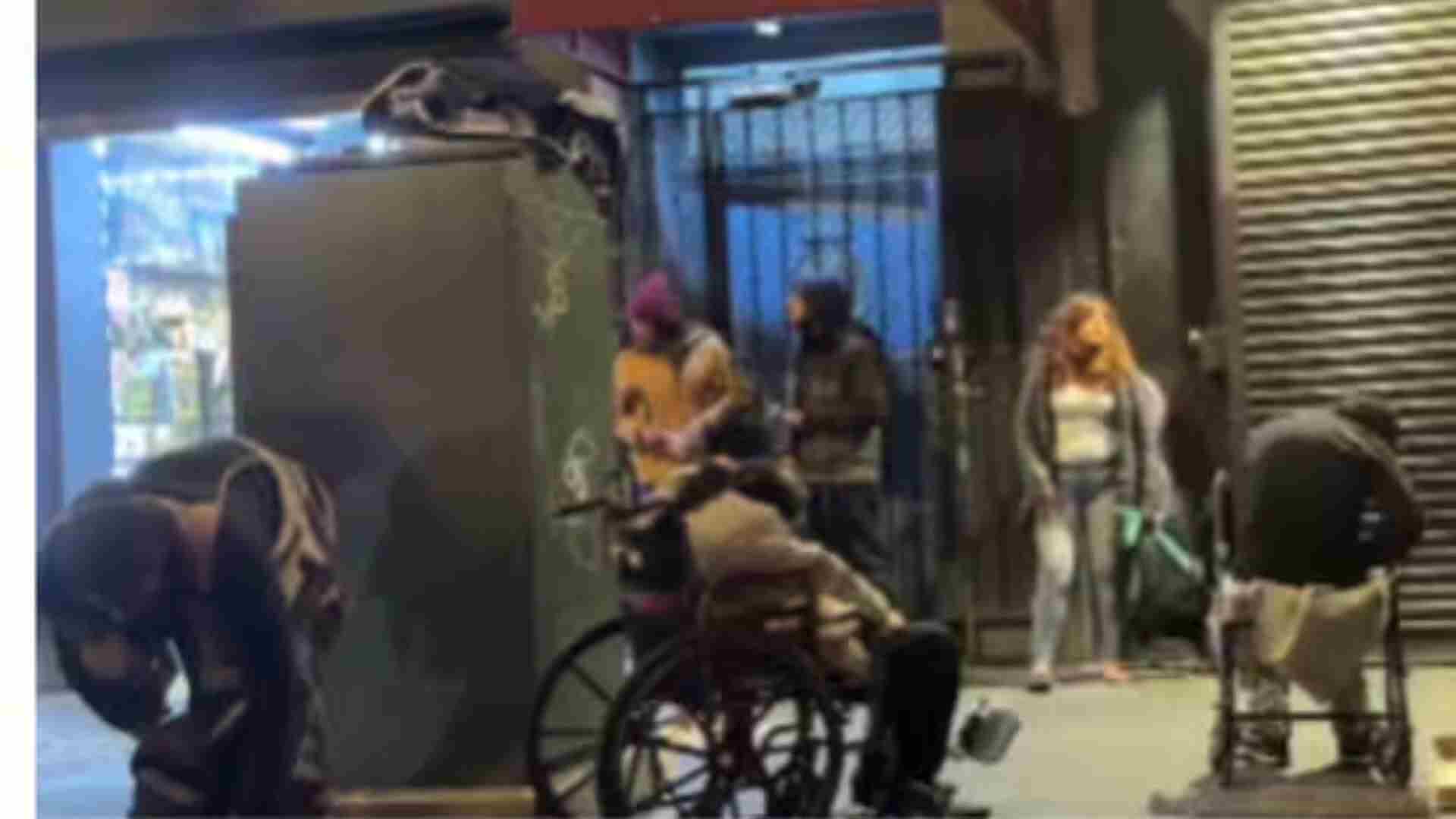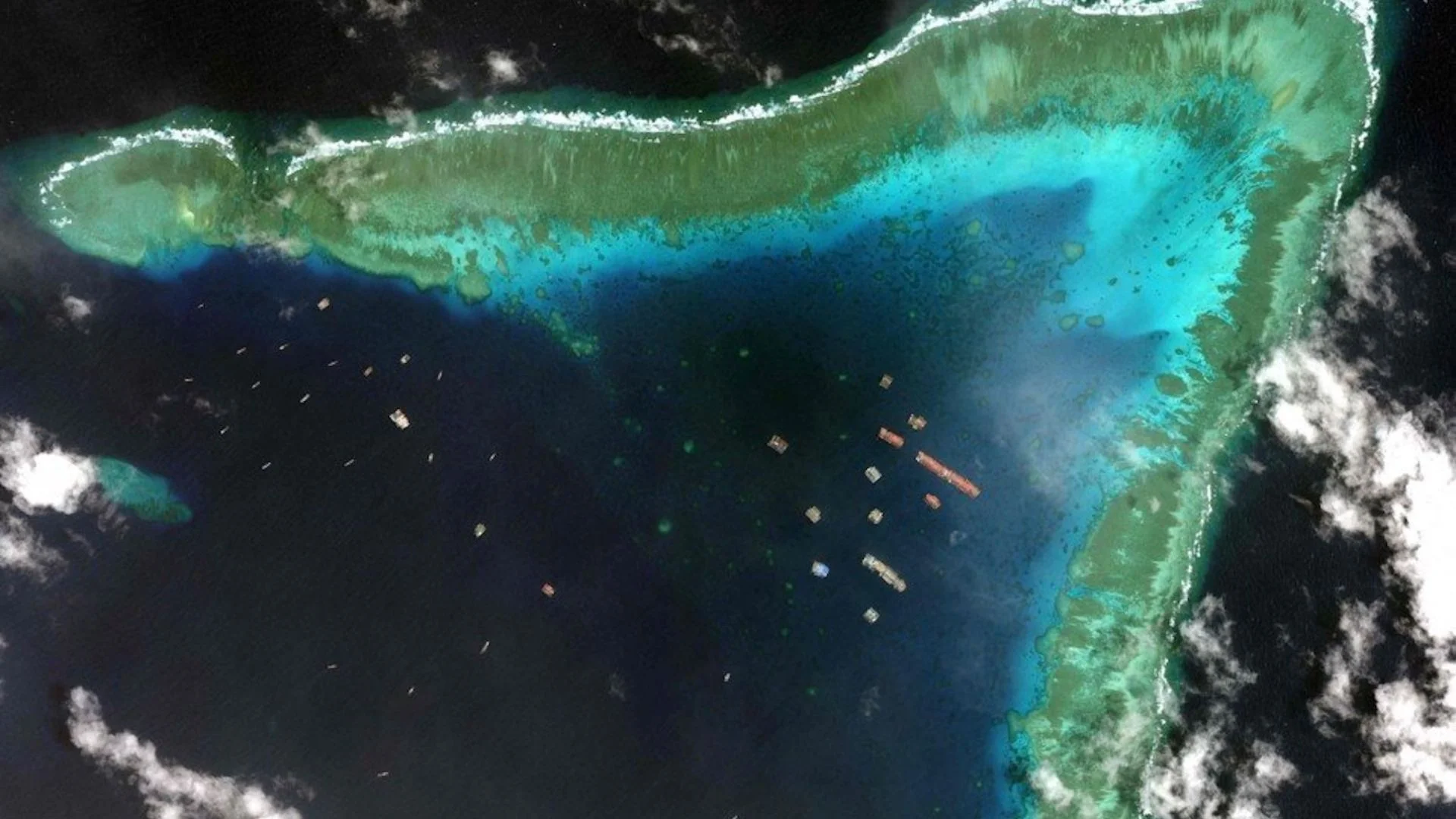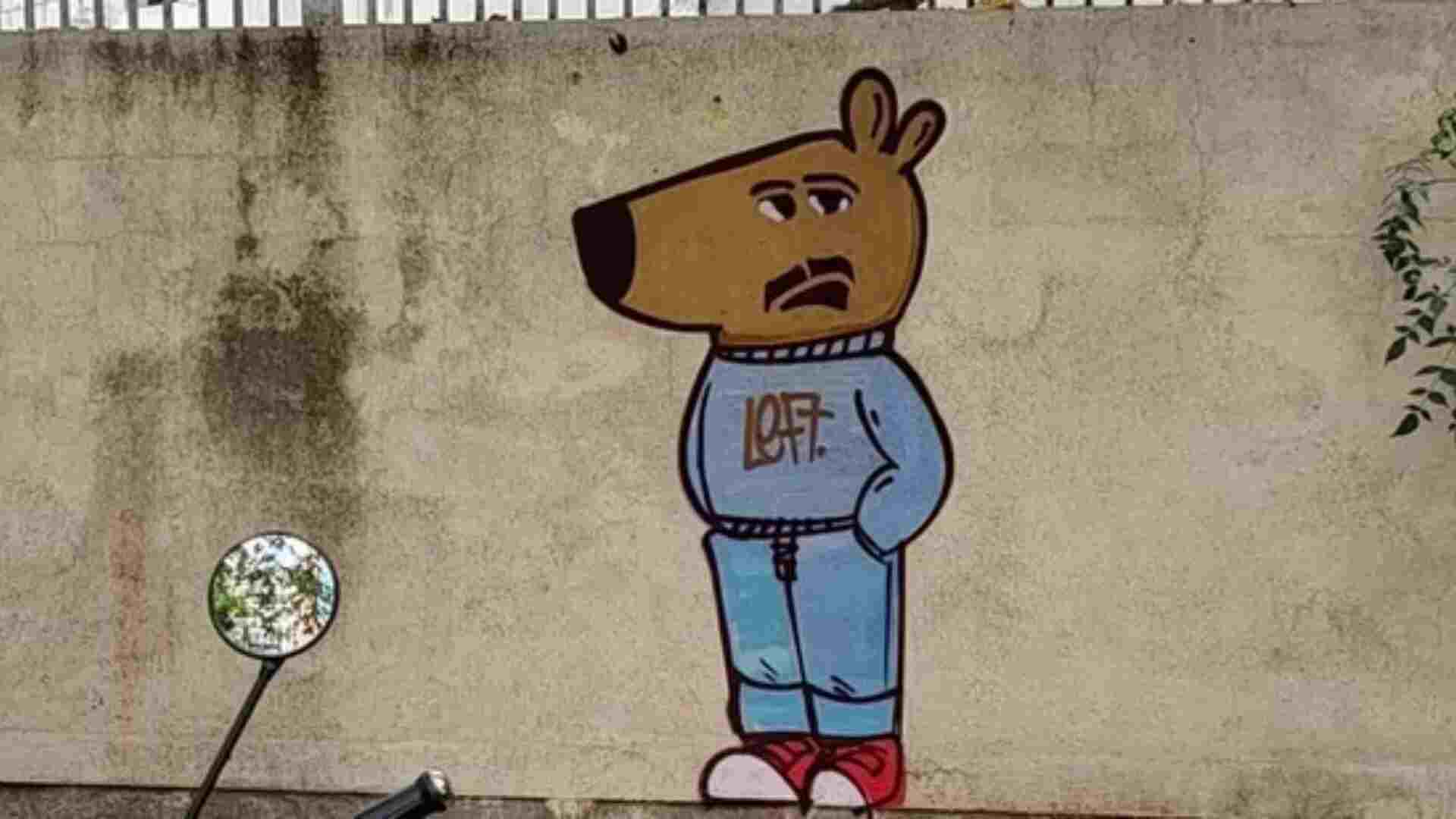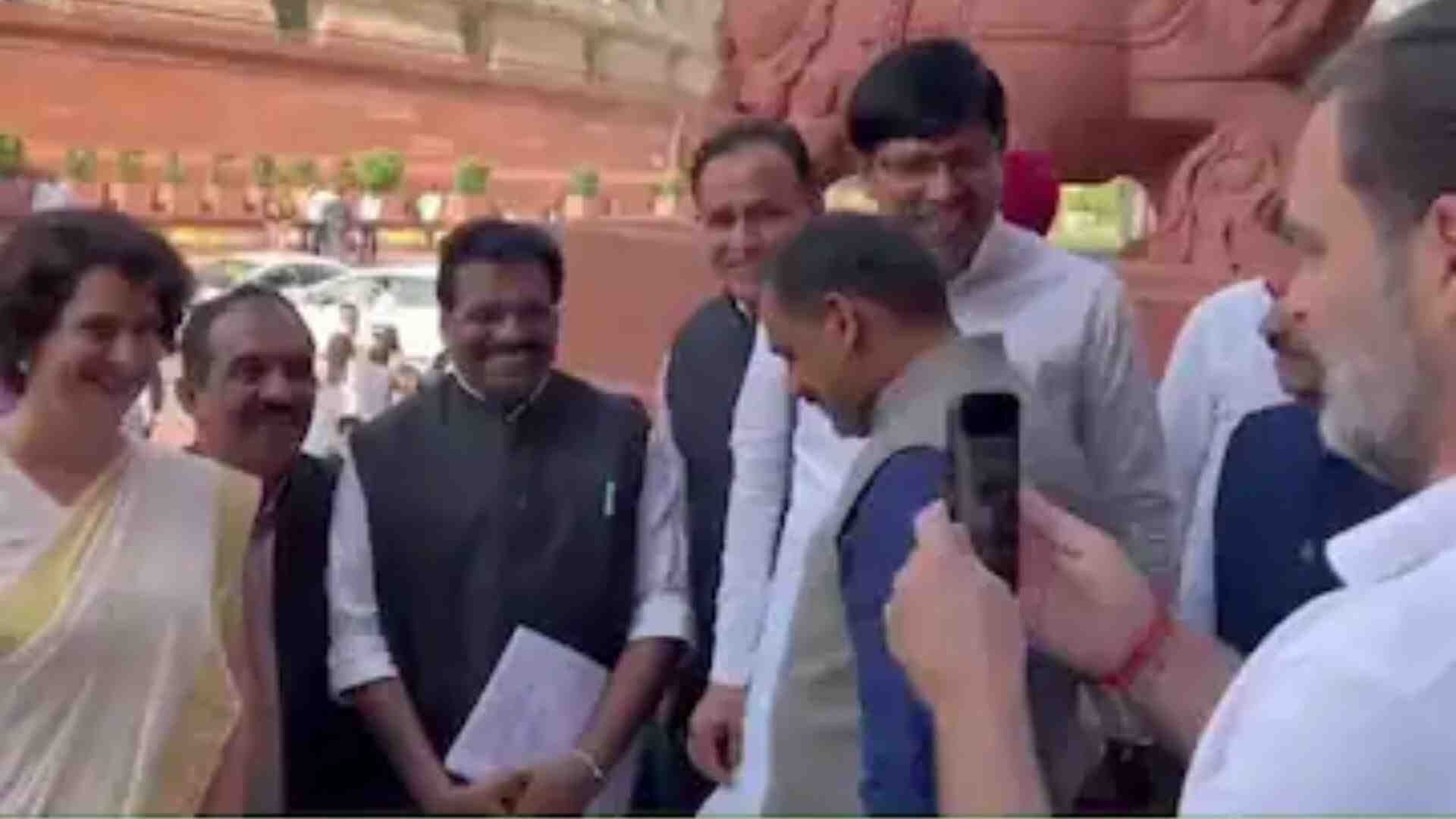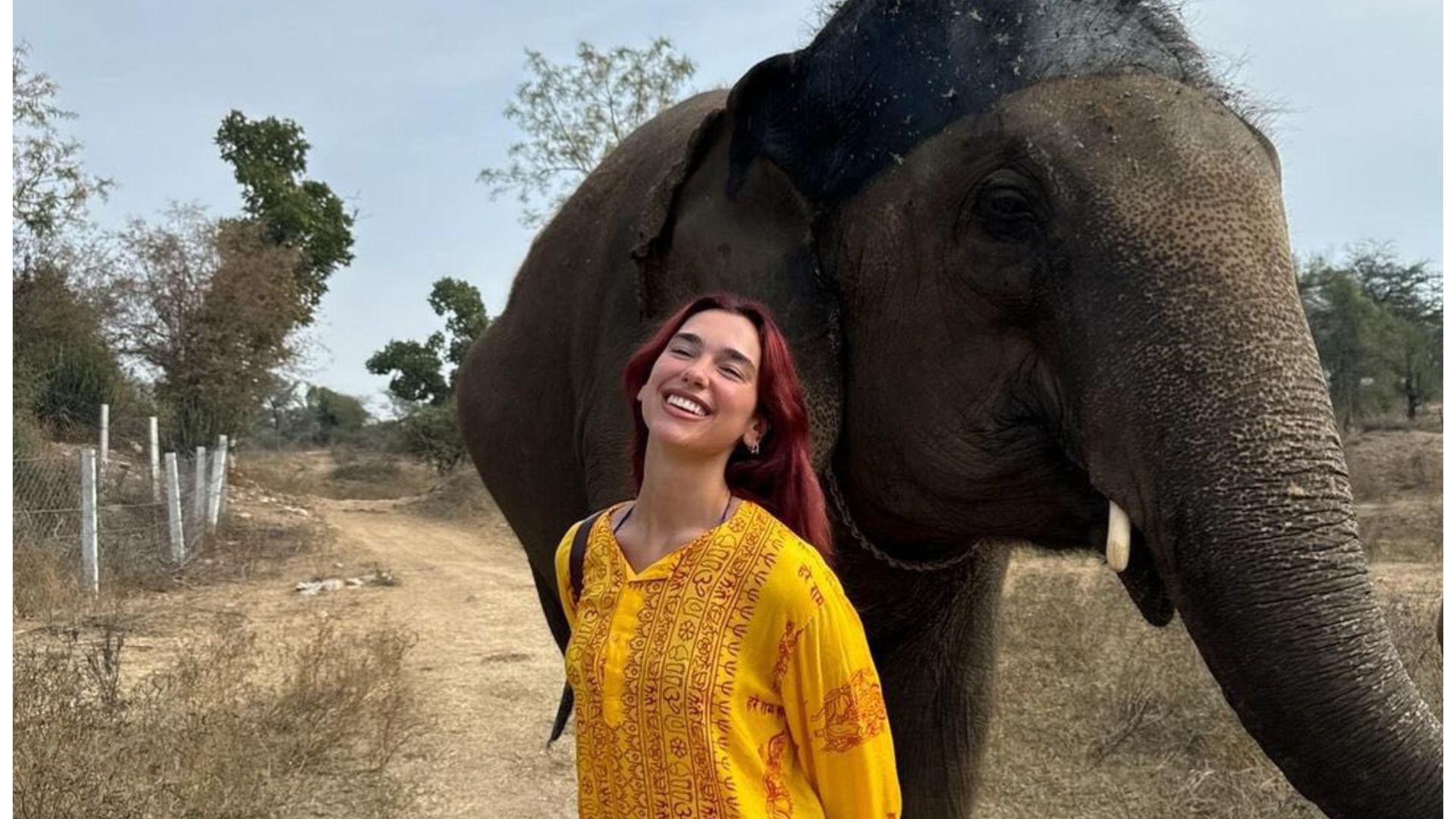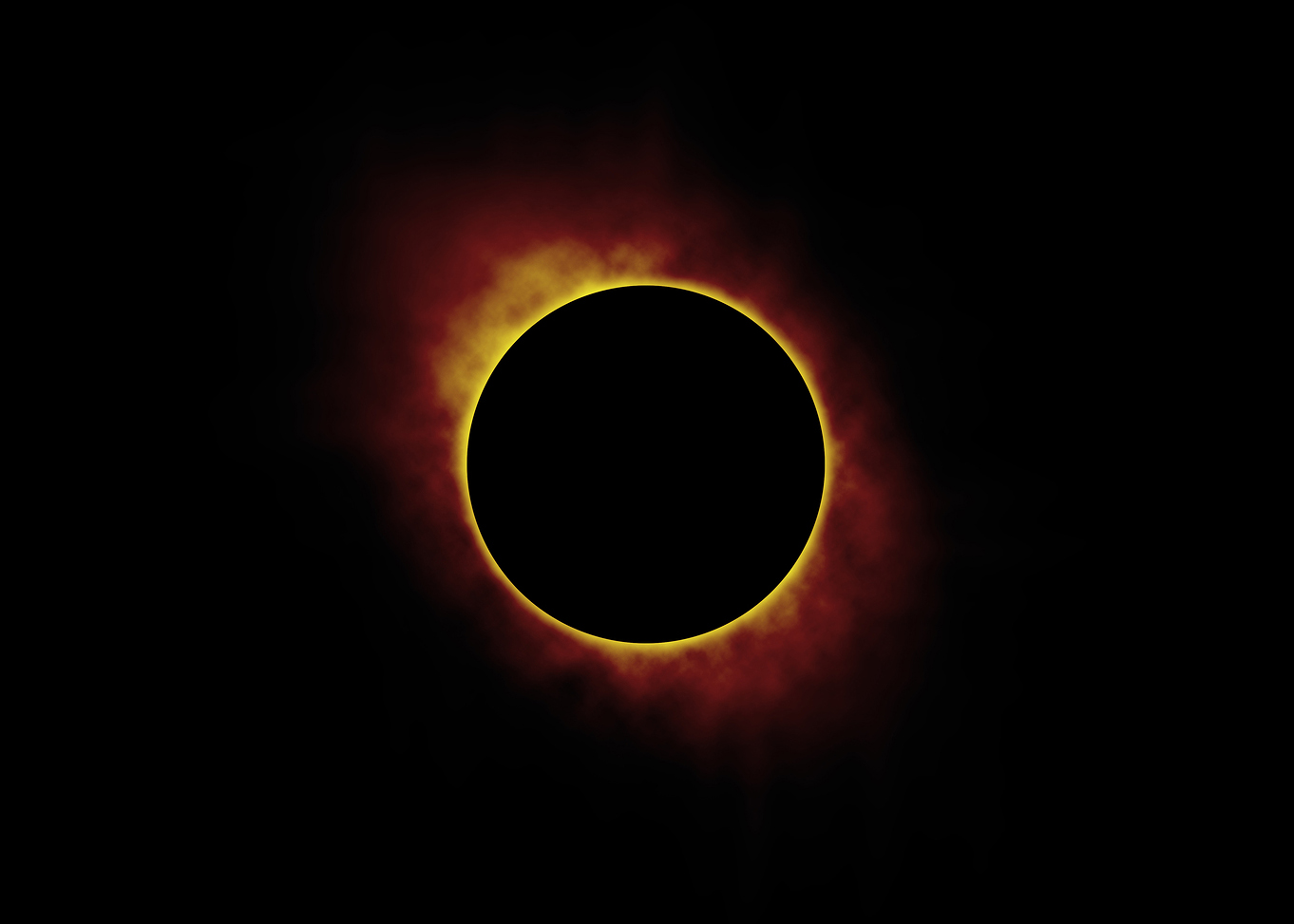
A partial eclipse of the sun began in India on Tuesday evening and it will be visible for the longest duration from Dwarka in Gujarat. The majority of India, including some areas in the northeast, can see the partial eclipse. India won’t be able to see the eclipse’s finale because it won’t be finished until after dusk.
At the time of the maximum eclipse, the north-western regions of the country will experience a 40–50% obscuration of the sun by the moon. There will be a lower percentage of coverage in other regions of the nation.
At the time of the maximum eclipse, the moon will obscure the sun by about 44% and 24% of the sky in Delhi and Mumbai, respectively.
The eclipse will last in Delhi for an hour and 13 minutes and in Mumbai for an hour and 19 minutes, from sunrise to sunset.
The eclipse will last from its start to sunset in Chennai and Kolkata for 31 minutes and 12 minutes, respectively.
The partial solar eclipse will be visible in Dwarka for one hour and forty-four and a half. The day following Diwali saw a partial solar eclipse.
The region that includes Europe, the Middle East, northern Africa, western Asia, the North Atlantic Ocean, and the North Indian Ocean can see the eclipse.
On August 2, 2027, India will experience a total solar eclipse.
When the moon passes directly between the earth and the sun on a new moon day and all three bodies are in line, a solar eclipse takes place. When the lunar disc partially obscures the solar disc, there will be a partial solar eclipse.
An official statement advised against viewing the eclipsed sun with the unaided eye, even for a little period.
It will.
Even though the moon blocks most of the Sun, it will still damage the eyes permanently and result in blindness. The safest way to view the solar eclipse is either through the use of a suitable filter, such as aluminized mylar, black polymer, or welding glass of shade number 14, or through the use of a telescope to project the picture of the sun onto a white board.
